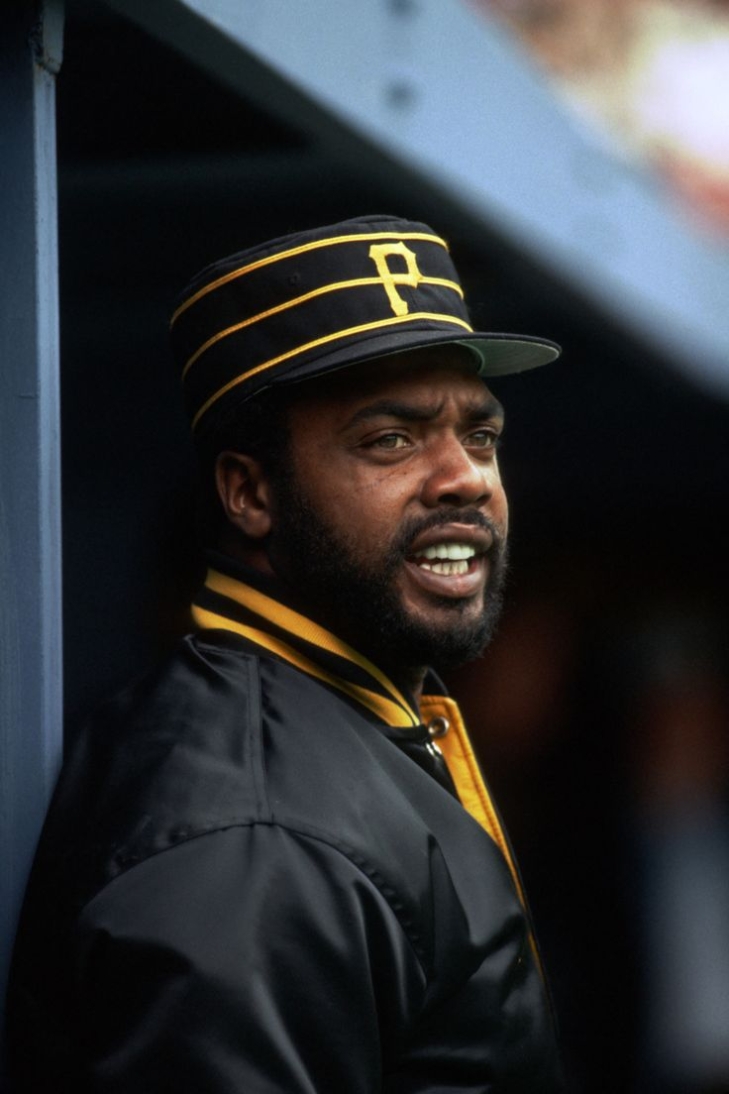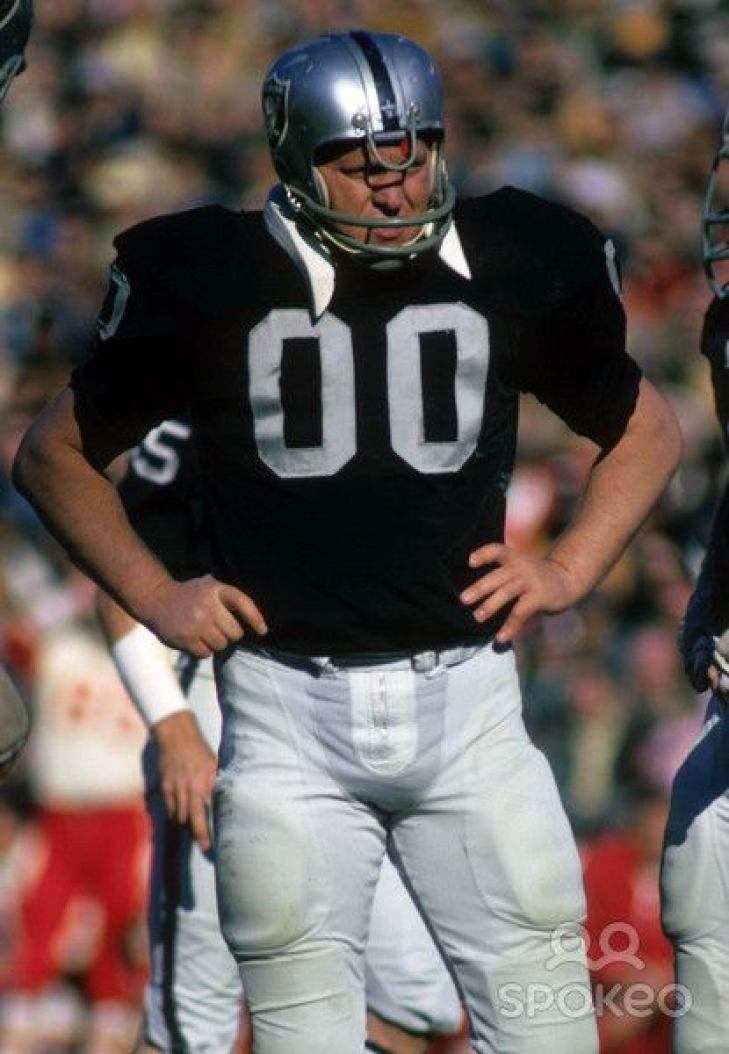- Published in Not in Hall of Fame News
Our All Time Top 50 Baltimore Ravens have been revised to reflect the 2025 Season
Yes, we know that this is taking a while!
As many of you know, we at Notinhalloffame.com are slowly generating the top 50 of each major North American sports team. That being said, we maintain and update our existing Top 50 lists annually. As such, we are delighted to present our post-2024 revision of our top 50 Baltimore Ravens.
As for all of our top 50 players in football, we look at the following:
1. Advanced Statistics.
2. Traditional statistics and how they finished in the National Football League.
3. Playoff accomplishments.
4. Their overall impact on the team and other intangibles that are not reflected in a stat sheet.
Last year, the Ravens went 12-5, made the playoffs, but were bounced in the second round. Despite the season's success and the franchise's relative brevity, there were no new entrants, but multiple elevations in the top 50.
As always, we present our top five, which has seen a change in that ranking.
1. Ray Lewis
2. Ed Reed
3. Jonathan Ogden
4. Terrell Suggs
5. Lamar Jackson
You can find the entire list here.
Jackson moved up to #5 from #6 after another phenomenal season.
Of note, Kicker Justin Tucker, who was waived after the season, was unable to move from #9.
Cornerback Marlon Humphrey climbed to #14 from #21.
Tackle Ronnie Stanley also moved up seven spots. He is now ranked #19.
Linebacker Roquan Smith, who was chosen for his third straight First Team All-American, rocketed from #41 to #27.
Tight End Mark Andrews went to #30 from #32.
Defensive Tackle Nnamdi Madubuike, who went to the Pro Bowl last season, shot to #31 from #43.
We thank you for your continued support of our lists on Notinhalloffame.com.




